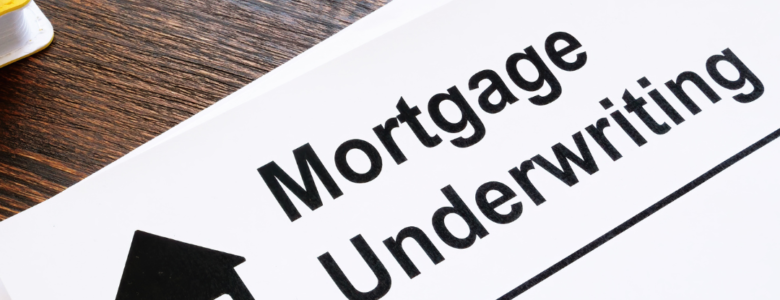Reverse mortgages are a popular financial tool for US seniors to access home equity without selling or moving. Lenders have specific criteria for approval, and underwriting is a critical step.
Underwriting evaluates a borrower’s financial situation to determine loan eligibility, amount, and terms. For a reverse mortgage, lenders verify repayment ability and government requirements during underwriting.
A. Factors Considered in Reverse Mortgage Underwriting
When underwriting a reverse mortgage, lenders consider a variety of factors to determine whether a borrower is eligible for a loan and, if so, how much they can borrow. Some of the key factors that are considered in reverse mortgage underwriting include:
- Age:
To be eligible for a reverse mortgage, borrowers must be at least 62 years old. The older a borrower is, the more they may be able to borrow, as the loan amount is based on the equity in their home and the borrower’s life expectancy.
- Equity in the Home:
The amount of equity in the borrower’s home is a key factor in determining how much they can borrow. The more equity a borrower has, the more they may be able to borrow.
- Income and Expenses:
Lenders will look at a borrower’s income and expenses to determine their ability to repay the loan. This includes sources of income such as Social Security and pensions, as well as expenses such as property taxes and insurance.
- Credit History:
While credit history is not as important in reverse mortgage underwriting as it is in traditional mortgage underwriting, lenders will still review a borrower’s credit report to ensure they have a good track record of repaying debts.
- Property Type:
Lenders will also consider the type of property being used as collateral for the loan. While most types of homes are eligible for a reverse mortgage, certain types of properties such as mobile homes may have additional requirements.
B. Documentation Required for Reverse Mortgage Underwriting
To underwrite a reverse mortgage, lenders require a significant amount of documentation from borrowers. Some of the key documents that are required include:
- Proof of Age:
Borrowers must provide proof that they are at least 62 years old, typically in the form of a birth certificate or driver’s license.
- Proof of Homeownership:
Borrowers must provide proof that they own their home, typically in the form of a deed or property tax statement.
- Income and Expense Documentation:
Lenders will require documentation of a borrower’s income and expenses, including tax returns, bank statements, and proof of any other sources of income.
- Credit Report:
Borrowers will need to provide authorization for the lender to obtain a credit report.
- Property Appraisal:
Lenders will require an appraisal of the property to determine its current value and the amount of equity that can be used to secure the loan.
C. What to Expect During Reverse Mortgage Underwriting
The reverse mortgage underwriting process can be complex, but borrowers can expect to go through the following steps:
- Application:
The first step in the process is to complete a reverse mortgage application, either online or in person. Borrowers will need to provide basic information about themselves and their home, as well as documentation to support their application.
- Counseling:
To approve a reverse mortgage application, lenders mandate that borrowers attend a counseling session with a HUD-approved counselor. During the counseling session, borrowers will learn about the pros and cons of reverse mortgages, as well as the costs and fees associated with the loan.
- Underwriting:
Once the application and required documentation have been submitted, the lender will begin the underwriting process. This involves reviewing the borrower’s financial situation, including their income, expenses, credit history, and the value of their home. The lender will also order an appraisal of the property to determine its current value.
- Approval:
Once the lender confirms the borrower’s eligibility for a reverse mortgage, they issue a loan approval letter that details the interest rate, fees, and loan amount.
- Closing:
Once the borrower has received loan approval, they will schedule a closing with the lender. During the closing, the borrower signs the loan documents, and the lender disburses the loan proceeds. With access to these funds, the borrower can pay debts, cover living expenses, or make other investments.
Reverse mortgage underwriting is complex, evaluating a borrower’s financial situation, age, equity, and home value. It aims to protect borrowers and avoid jeopardizing their financial security or homes. Working with a reputable lender and carefully assessing your financial situation is vital when considering a reverse mortgage.








